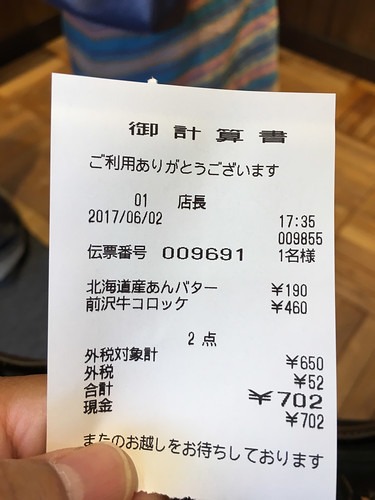the 314-nt fragment which retains full activity in stimulating HIV gene expression. They are also present in the shorter fragments of 212 and 177 nt, which display partial activity, suggesting that additional sequences contribute to the 3’UTR’s activity. No similar structure was predicted for the AC 3’UTR which did not displace 7SK in vivo or in vitro. Such structures present 14985929 in the 3’UTRs of other mRNAs may exert the same function. Future structure-function analysis of the 314-nt fragment will define the RNA elements that are necessary for HIC 3’UTR function. Multiple complexes balance the function of P-TEFb The P-TEFb inhibitory complex has been studied in detail. It was established that the binding of HEXIM1 to 7SK RNA is 5(6)-Carboxy-X-rhodamine biological activity required for its inactivating interaction with P-TEFb. Only about 20% of HEXIM1 is bound to 7SK, and it has recently been shown that most of HEXIM1 is complexed with unidentified cellular RNAs in vivo. Similarly, 7SK was recently reported to reside in a variety of RNA-protein complexes containing for example hnRNPs. Based on our observation that P-TEFb interacts with elements in the HIC 3’UTR, we consider it likely that multiple P-TEFbcontaining RNPs exist. Microarray analysis could be used to define the set of mRNAs and non-coding RNAs that are associated with P-TEFb. We speculate that the interaction of this transcription factor with mRNAs, or their precursors, is an evolutionarily ancient aspect of transcriptional control. Furthermore, we speculate that different sets of RNA ligands could be present under various physiological conditions and states of differentiation, 20522545 conferring the ability to fine-tune the regulation of this essential transcription factor. P-TEFb binds RNA polymerase II and phosphorylates the CTD which is involved in many aspects of transcription and RNA metabolism. P-TEFb itself is involved in transcription initiation, capping, splicing and 39 end formation in mammalian, insect and yeast systems and increasing numbers of cellular proteins are found to interact with MATERIALS AND METHODS Plasmids and Plasmid Construction A plasmid containing the 3’UTR of HIC was generated by subcloning the HpaI/XhoI fragment of HIC into pcDNA3.1. All HIC constructs and additional plasmids for expression in mammalian cells were generated or obtained as previously described. Cell Culture NIH 3T3, COS7 and HeLa cells were obtained from American Type Culture Collection and maintained in Dulbecco’s Modified Eagle’s Medium supplemented with 10% heat  inactivated fetal bovine serum. Gene Expression Assays NIH 3T3, COS and HeLa cells were seeded in 6-well dishes and transfected 24 hr later using Lipofectamine 2000. Cells were harvested 24 hr post-transfection and lysed in 300 ml of passive lysis buffer according to the manufacturer’s instructions for luciferase assays. Lysates were clarified by centrifugation and assayed for luciferase activity using the Promega dual luciferase reporter system according to the manufacturer’s instructions. 3’UTR Activates Transcription Western Blotting NIH 3T3 or HeLa cells were seeded, transfected and harvested for gene expression assays. Cell extracts were separated by denaturing polyacrylamide gel electrophoresis and subjected to western blotting as described. Western blots were probed for FLAG-HIC using anti-FLAG antibody or for CDK9 using anti-CDK9 antibody. Relative Quantitative Reverse TranscriptionPolymerase Chain Reaction Total RNA was purified from NIH 3T3 cells, using Trizol ac
inactivated fetal bovine serum. Gene Expression Assays NIH 3T3, COS and HeLa cells were seeded in 6-well dishes and transfected 24 hr later using Lipofectamine 2000. Cells were harvested 24 hr post-transfection and lysed in 300 ml of passive lysis buffer according to the manufacturer’s instructions for luciferase assays. Lysates were clarified by centrifugation and assayed for luciferase activity using the Promega dual luciferase reporter system according to the manufacturer’s instructions. 3’UTR Activates Transcription Western Blotting NIH 3T3 or HeLa cells were seeded, transfected and harvested for gene expression assays. Cell extracts were separated by denaturing polyacrylamide gel electrophoresis and subjected to western blotting as described. Western blots were probed for FLAG-HIC using anti-FLAG antibody or for CDK9 using anti-CDK9 antibody. Relative Quantitative Reverse TranscriptionPolymerase Chain Reaction Total RNA was purified from NIH 3T3 cells, using Trizol ac
